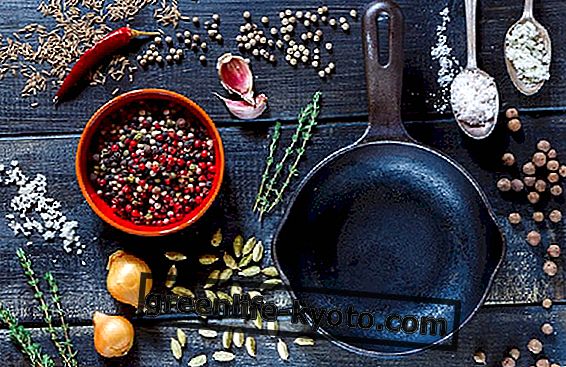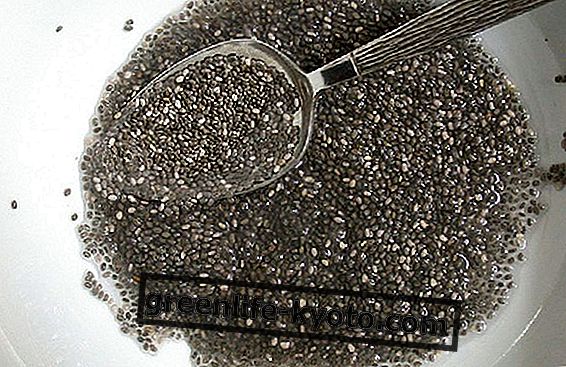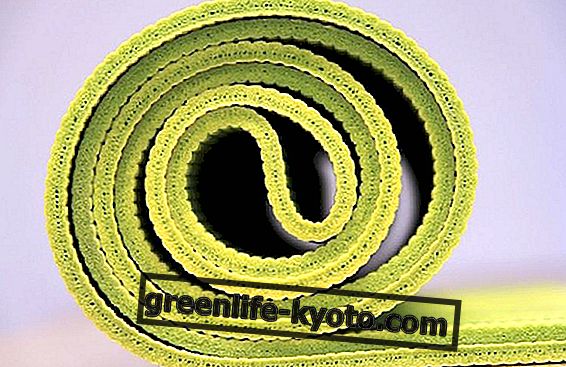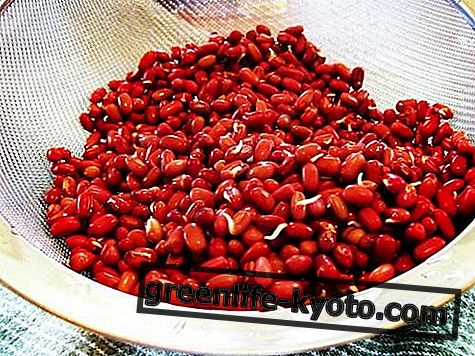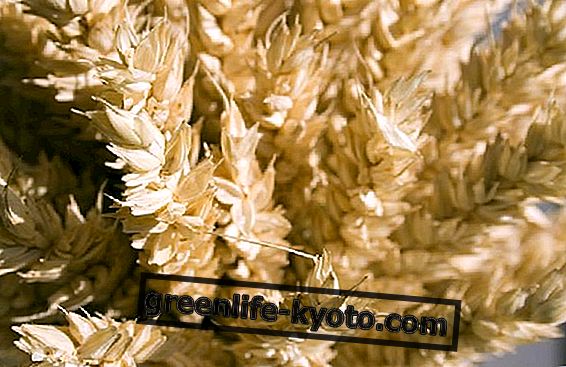
What are diverticula
Diverticula are small protrusions of the innermost mucosa and submucosal layers of the colon. The most common symptom is abdominal pain, which can be worsened by food intake and generally improves after evacuations and intestinal air emission. Nausea, abdominal bloating and constipation may also appear, or on the contrary, diarrhea. In severe cases, blood from the anus and all the typical symptoms of infections can occur.
Diverticula are very common in western populations; on the contrary, they are almost non-existent in the rural areas of the African continent and those of Asia. In industrialized countries, they are much less frequent in those who follow a vegetarian diet . This is because the appearance of diverticula is related to a low-fiber diet. In fact, in general, westerners who follow an omnivorous diet consume, on average, half of the recommended daily intake of dietary fiber .
The power that saves you from the diverticula
Feeding against diverticula must include a regular intake of fibers ; the fibers, in fact, help both to prevent and to cure the disorder. But why are they so important?
- The intake of foods rich in fiber is the factor that most affects intestinal transit time and stool volume.
- Cellulose makes stools more abundant and reduces internal pressure and, consequently, spastic movements of the colon.
- Thanks to the fermentation of the fibers by the bacterial flora of the colon, short-chain fatty acids are produced which help the colon to maintain its structure intact: a weakening of the colon walls is a factor that predisposes to the appearance of diverticula.
Both soluble and insoluble fibers are useful. The soluble fibers are fermented by the colon in a greater way than the insoluble ones, therefore they reduce the transit time of the feces inside the intestine and the pressure exercised in the colon, while the insoluble fibers increase the fecal volume favoring its elimination.
Nutrition against diverticula is therefore rich in fruit, vegetables, legumes and whole grains.
Read also Diverticulitis, what it is and how it is treated >>

